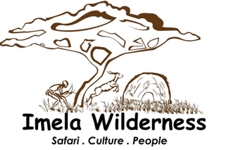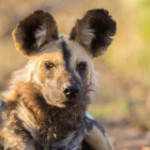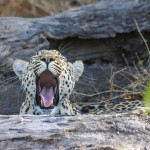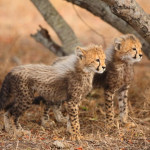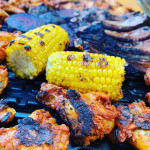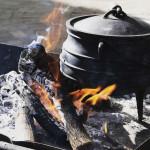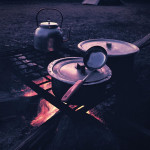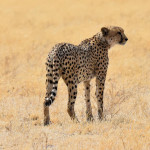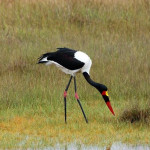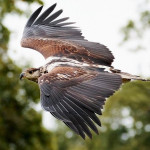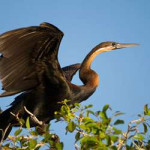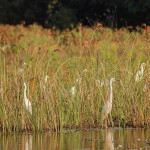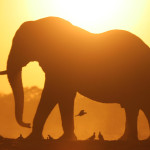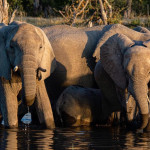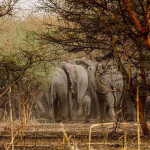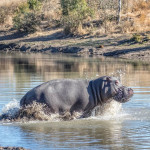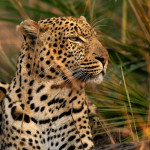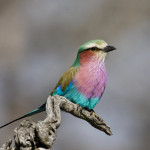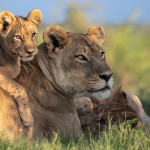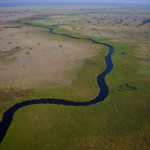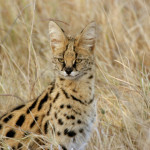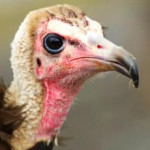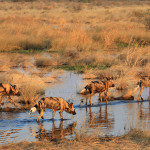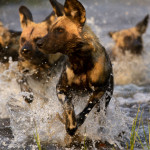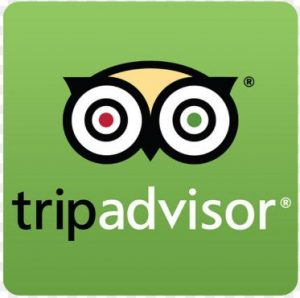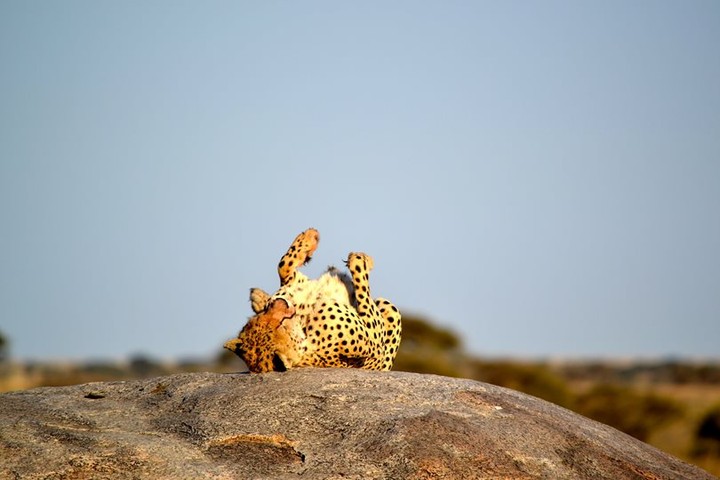
DESERT UNDER CANVAS
5 nights/6 days
MAUN > NXAI NATIONAL PARK / BAINES BAOBABS > CENTRAL KALAHARI GAME RESERVE > KHAMA RHINO SANCTUARY
Overview
Game Drives
Photography
Bird watching
There is no better way to experience the plains of the savanna reserve than embarking on a mobile safari, thrusting through the shrubs of the great Central Kalahari Game Reserve. Experience the famous Baines Baobabs on a day trip 32 kilometers from the second gate of Nxai National Park. This trip will also afford you an opportunity to see the white rhinos and black rhinos at the Khama Rhino Sanctuary which is just a 20 minutes’ drive from Serowe village, the capital of Bangwato Tribe.
This exclusive camping safari will afford you an opportunity to experience safari in the salt plains and desert plains under canvas- a true African Safari gem.
Daily Activity
DAY 1 – MAUN
We will wake up to have breakfast in a lodge in Maun before departing to Nxai National Park. Maun is the gateway to one of the best wildlife experiences you will ever have – a safari in the unforgettable Okavango Delta and Moremi Game Reserve. Maun has grown rapidly from its early days as a small, rural frontier and has now spread along the wide, Thamalakane River. It now boasts hotels and lodges as well as car and 4-wheel drive vehicle hire. However, it retains a rural atmosphere and, as befitting its role as the hub of the Delta’s safari industry, travelers pass through here on their way to the Okavango Delta.
DAY 2-3: NXAI NATIONAL PARK / BAINES BAOBABS
After breakfast we will load our bags in a 4×4 vehicle waiting for us and then depart to Nxai National Park. When the seasonal rains come, the vast grasslands of the park attract grazers in numbers (herds of wildebeest and herds of zebra) and consequently, these attract an impressive range of predators.
We will do a day trip to the Baines baobabs where we will also have a nice view of the salt pans. During our stay here we will take a full day to explore this beautiful wildlife area. Nxai Pans is a relatively undiscovered part of Botswana that offers some of the best wildlife viewing. We will camp for 2 nights on exclusive campsites.
Present in this park are other species such as giraffe (watch out for the canopy shape of Acacia tortilis as a result of the feeding behavior of the giraffe), lion, jackal, Oryx, springbok, cheetah, leopard and abundant birdlife.
DAY 4-5: CENTRAL KALAHARI GAME RESERVE
We will wake up early in the morning have breakfast and a quick game drive in the park before heading to the Central Kalahari Game Reserve (CKGR). It is quite a long distance between CKGR and Nxai National Park. However, with the ecosystems, wildlife and landscapes in the Central Kalahari Game Reserve differing very much to what you would experience further north in Okavango regions it is definitely a destination to include in your safari list. With this you will notice a variety of species that are more prolific here than elsewhere in Botswana; such as brown hyena, aardwolf, Oryx, bat-eared fox and ostrich.
Springbok are the most numerous of the large herbivores. Oryx numbers in the Central Kalahari are also very strong, often seen on the short grass plains during the rains in herds exceeding 100. Red hartebeest, eland, wildebeest, kudu and giraffe can also be found in good numbers. The birdlife in the Central Kalahari is varied. The largest of these, the ostrich and Kori bustard, are doing extremely well and are commonly spotted. Doves are well represented with Cape turtle doves, laughing doves and Namaqua doves all seen in high numbers. All the sub-Saharan species of sand grouse can also be found in the reserve. We will camp here for 2 nights.
DAY 6: KHAMA RHINO SANCTUARY
We will have an early breakfast and short game drive before departing to Khama Rhino Sanctuary. Affording the opportunity to see both black and white rhino – as well as an abundance of other wildlife species – the Khama Rhino Sanctuary (KRS) is a delightful stopover for tourists travelling by road to Botswana’s northern reserves.
A mere 20 kilometers from the historically important village of Serowe, the accessibility of KRS is also a draw. This community tourism project, managed and staffed by local village residents, offers game drives, birding, bush walks, and arts and crafts shopping. It also has an education center where many young children from all over Botswana come for environmental education, as well as a fun time in the bush. We will camp for 1 night in a camp site with ablutions before departing to Gaborone the following day.
(TOUR ENDS)
Safari Accommodation
CAMPING NIGHTS:
5 nights camping
1 night lodge accommodation
A non-participatory wild camping with en-suite facilities (5 nights) and lodging (1 night). Imela Wilderness will provide a bucket shower with warm water off the fire. Imela wilderness (also) provides, comfortable bedroll fully equipped with linen, towels, chairs with backrests, and tents (3×3 m tents), mosquito gauze on door & windows) (large and easy to erect). Imela Wilderness chef prepare fresh meals in the camp on site.
Note; All our tours are non-participatory, meaning we have enough staff to do the camp chores while you sit and enjoy your safari
Details
Included in Your Safari
The quoted price includes all accommodation, park entry fees, specified excursions, and transfers.
ITINERARY INCLUDES:
- Park & Reserve entry fees
- Pick up and drop off at the airport
- Use of camping equipment (mattresses)
- Transport in 4X4 game viewing vehicle (game drive vehicle, trailer)
- Vehicle Fridge
- Meals
- Tea/coffee and hot chocolate
- Professional Guide
- 2 Game drives per day
- Chef
- Lodge accommodation in Maun
- Transfer to Gaborone
ITINERARY EXCLUDES:
- Staff tips
- Premium wines
- Emergency evacuation
- Insurance
- All flight tickets unless otherwise indicated
- Items of personal nature
- Any drinks at lodges or accommodation other than Imela Tented camps unless stated.
Scheduled Safari Dates (6 tours)
PLEASE CONTACT US FOR AVAILABLE DATES.
40% Deposit to confirm booking. Balance due 6 weeks prior to arrival.
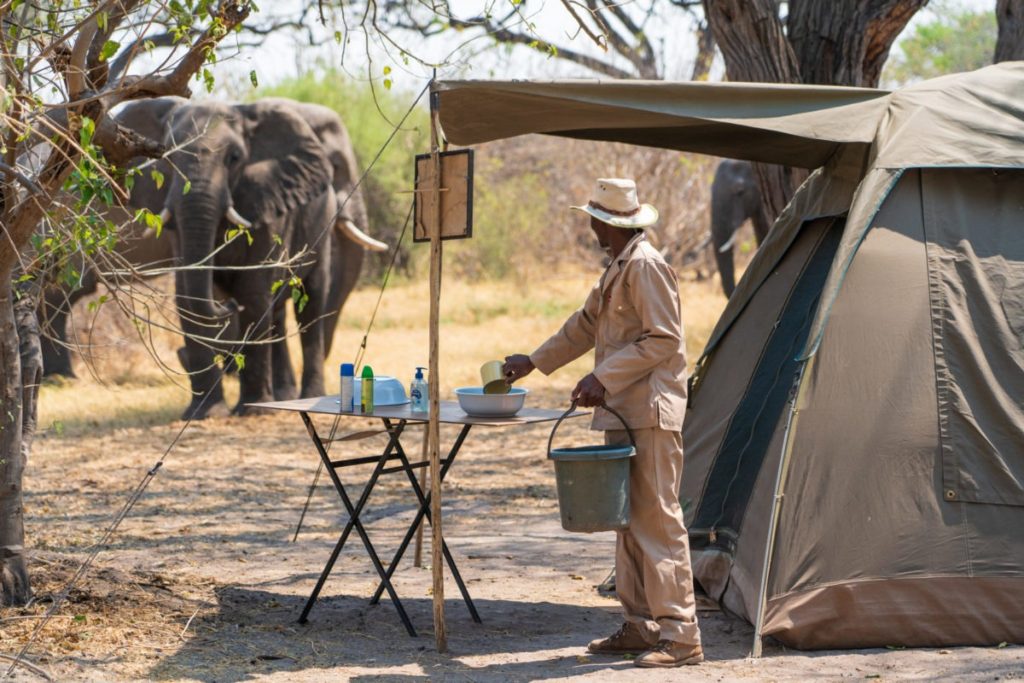
CHOBE AND OKAVANGO HIGHLIGHTS
10 nights/11 days
Kasane/Chobe National Park > Savuti > Khwai (Moremi Game Reserve North Gate) > Xakanaxa (Moremi Game Reserve) >Maun> Okavango Delta > Maun
Overview
Day game drives
Guided bush walks
Boat cruises
Mokoro excursions
Gallery
Daily Activity
DAY 1-2: KASANE/CHOBE NATIONAL PARK
After your arrival at Kasane International Airport, you will meet our representative with a signage board written “IMELA WILDERNESS”. Our guides will be waiting to transfer you to the lodge where we will be staying. The town of Kasane is situated on the banks of the Chobe River in the far north east of Botswana. It is the gateway to the Chobe National Park and also to 3 other countries, being located right at the “Four Corners”.
After lunch is a siesta and you may take a swim or take a rest in your room before we leave for an afternoon game drive along the Chobe River where we will see big herds of buffalos, elephants, pods of hippos, and prides of lions. Chobe is a unique park because during dry season big herds of animals congregate along the river. You will see elephants swimming from one bank to the other, buffalos crossing to the island. Get back from a beautiful game drive freshen up and have dinner. Time of going to bed is determined by the last guest.
Wake up, have quick breakfast before departing for a morning game drive which is longer, you will also have an opportunity to observe the animals close. Chobe also boasts two antelopes rarely encountered elsewhere in Botswana – the puku and the Chobe bushbuck Both the puku and the bushbuck have a number of predators to contend with, from lion, hyena and leopard, to African wild dog.
Get back to the lodge after a beautiful drive, have brunch and after that is siesta time. At 15.00 pm we depart for a beautiful sunset boat cruise along the Chobe River. You will see a lot of animals and come close to crocodiles and pods of hippos from the boat and at times may see lions. We get back to the lodge, after sunset dinner is at 20.00pm at a local restaurant (own expense). Time of going to bed is determined by the last guest.
DAY 3-4: SAVUTI
Savuti region is situated in the southern stretch of Botswana`s Chobe national park. Recognized as a prime game viewing area, the Savuti (also spelt Savute), covers almost 1,930 sq. miles (5,000 square km) in the south west of Chobe National Park.
Undoubtedly it is the interaction between lion and elephant that is the most interesting aspect of Savuti. The area is inhabited by a huge pride of lions with numbers fluctuating from 20-30 members. These remarkable lions have learned over the years how to hunt these massive pachyderms that are supposedly above predation. Launching their attack under darkness and
using their numbers, they manage to kill adolescent and even young adult elephant. The marsh is prime cheetah country and in the wet season it is not unusual to have the wild dog hunting here in Central Chobe. Lion and the Spotted Hyena live in constant battle for survival. Other commonly sighted species are zebra, elephant giraffe, kudu and buffalo.
The surface water that is pumped by the Government here provides a major attraction for birdlife. In the dry season thousands of dove and sandgrouse come down to drink in the mornings and are under constant surveillance by Yellow-billed Kite, Tawny Eagle and African Hawk-Eagle. Red-crested Korhaan are common in the Kalahari Apple-leaf (Lonchocarpus nelsii) veld. The marsh is the summer home for good numbers of Caspian Plover* and Montague’s Harrier* as well as Chestnut-backed Sparrowlark, Grey-backed Sparrowlark, Northern Black Korhaan, Rufous-naped Lark, African Pipit and Desert Cisticola. Dickenson’s Kestrel, Amur Falcon* and Red-necked Falcon are found along the
perimeter of the marsh.
The drive is a bit longer from Chobe to our exclusive campsite in Savuti; however, the drive is much enjoyable as you will see lots of birds and animals on the way. The scenery is amazing and very African looking, with lots of acacia tortilis with giraffe feeding and many more including the most photographed bird, lilac breasted roller. We camp wild at an exclusive campsite for 2 nights, enjoying the activities on a day to day basis.
DAY 5: MOREMI KHWAI (NORTH GATE)
Wake up and have breakfast before we depart to Moremi Game Reserve. It is situated in the eastern part of the Okavango Delta, bordering the Chobe National Park on the south-western part of the Park. The Moremi Game Reserve covers almost one third of the Delta. The Khwai River forms a boundary between the reserve and the community area. We spend the following two nights camping at an exclusive campsite in the community area, exploring the Khwai floodplains on game drives both during the day and at night. Exploring after dark with spotlights offers you an opportunity to experience some of the nocturnal animals that are rarely encountered during the day. We will also have the opportunity to explore the surrounding wilderness on foot (please note that this activity is seasonal based on rains and grass height, your guide will determine the safety of walking in Khwai) and mokoro and enjoy an up close and personal encounter with Botswana’s flora and fauna. It is important to note that night drives and guided walks are not permitted within the national parks and reserves. These activities are conducted outside the boundaries of the
Moremi Game Reserve in the Khwai community area.
The Khwai region boasts excellent populations of both bull elephant as well as breeding herds. Lion, leopard, serval and African wildcat are common predators of the region with wild dog and cheetah being less common. Buffalo use this area seasonally with large herds moving in during the summer rains. The swampy areas in the west are home to red lechwe. Other ungulates include tsesebe, blue wildebeest, giraffe, kudu, sable antelope, roan antelope and impala.
Common birdlife include Mecca’s, the uncommon Rosythroated Longclaw and the Bat-Hawk. Other interesting raptors here are Cuckoo Hawk (rare), Long-crested Eagle and Black Sparrowhawk. More commonly Tawny Eagle, Steppe Eagle, Lesser-spotted Eagle, Martial Eagle, Bateleur and African Hawk-Eagle. The waterways host Africa Rail, African Crake, Greater Painted Snipe, Allen’s Gallinule, Lesser Jacana and Lesser Moorhen.
DAY 6-7: MOREMI XAKANAXA (THIRD BRIDGE)
We wake up to have a quick breakfast before we take a trip to Xakanaxa-Moremi game reserve. Set-aside in 1963 by the Batawana tribe, the Reserve is rated as Africa’s most beautiful game reserve. Our drives will take us to the park’s most beautiful areas such as the third bridge, Bodumatau and dead tree island. Game is plentiful and the sightings include elephant, buffalo, giraffe, lion, hyena, jackal and many different antelopes including red lechwe and shy sitatunga; a web-footed antelope perfectly adapted to life in the swamps, Wild dog, whose numbers are so rapidly decreasing elsewhere, are regularly sighted in the Moremi game reserve, It is the great diversity of plant and animal life that makes Moremi so well known. The reserve contains within its boundaries approximately twenty percent of the Okavango Delta.
Moremi lies on the eastern extremity of the Okavango Delta. Habitats here range from wide-open floodplains, marshes, lagoons, papyrus fringed channels, vast stands of Miscanthus and Phragmites, woodland and savannah. As a result of the extremely variable habitat the diversity of both wildlife and birdlife is excellent.
Moremi is amongst the best game reserves in Africa for viewing the endangered African wild dog. Xakanaxa is home to a resident herd of several hundred buffalo whose range covers the territories of at least 4 prides of lion which may often be seen flanking the ever moving herd. Breeding herds of elephant
move between their browsing areas in the mopane forests and the fresh water of the Okavango. Red lechwe a one of the more unusual antelope species and commonly found here.
The swampy areas of Xakanaxa are home to African Rail,
Coppery-tailed Coucal, Black Coucal*, Red-chested Flufftail, African Crake*, Black Crake, Chirping Cisticola, Luapula Cisticola, Purple Swamphen, Allen’s Gallinule to name but a few. The open
waters attract African Skimmer, Saddle-billed Stork, Yellow-billed Stork, Intermediate Egret, Goliath Heron, African Fish Eagle as well as the globally threatened Slaty Egret and Wattled Crane.
We will camp in the Wilderness for 2 nights enjoying the activities on a day to day basis.
DAY 8: MAUN
We will wake up in our camp site, have a quick breakfast and a short game drive before departing to Maun where we will be staying overnight in a lodge. Maun has grown rapidly from its early days as a small, rural frontier and has now spread along the wide, Thamalakane River. It now boasts hotels and lodges as well as car and 4-wheel drive vehicle hire. However, it retains a rural atmosphere and, as befitting its role as the hub of the Delta’s safari industry, travelers pass through here on their way to the Okavango Delta.
DAY 9: OKAVANGO DELTA
Wake up, and have your small bag ready packed before having breakfast. You will only need small amount of luggage for the 1 night that you will be staying in the delta. Your big bag will be left in a secure storage for safe keeping at our office to be collected when you come back from the delta. We depart to the Okavango delta, here you will meet your local mokoro pooler who will serve also as your guide. This activity is conducted by local mokoro community guides though our chef comes along. When we arrive the camp assistants will put up camps under a canopy of trees, have brunch followed by siesta time where you can swim in the delta clear waters. Tea/coffee will be served before you take a walk on the island.
Travelling by mokoro is undeniably the best way to experience the Okavango delta as you get to explore the waterways, and take nature walks where you have the opportunity to track game and get an up-close feel of this unique environment. Here bird life is spectacular and on foot you are able to have a much more intense experience of the wilderness, particularly the flora and fauna that might otherwise go unnoticed. Guides are experienced in tracking animals and are able to point out interesting sightings of various types of wildlife. We camp in the wilderness in a remote campsite for 1 night.
Day 10:
We will wake up in our camp site, have a quick breakfast and a short game drive before departing to Maun where we will be staying overnight in a lodge. The following morning you will be transported to the airport for your flight back home or your next destination.
DAY 11- TOUR ENDS
Safari Accommodation
CAMPING NIGHTS:
6 nights camping
LODGING:
4 nights lodging
A non-participatory wild camping with en-suite facilities (7 nights) and lodging (5 nights). Imela Wilderness will provide a bucket shower with warm water off the fire. Imela wilderness (also) provides, comfortable bedroll fully equipped with linen, towels, chairs with backrests, and Tents (3× 3 m meru tents), mosquito gauze on door & windows) (large and easy to erect). Imela Wilderness chef prepare fresh meals in the camp on site.
Note; All our tours are non-participatory, meaning we have enough staff to do the camp chores while you sit and enjoy your safari
Details
Included in Your Safari
The quoted price includes all accommodation, park entry fees excursions, transfers and border fees.
ITINERARY INCLUDES:
- Park & Reserve entry fees
- Pick up and drop off at the airport
- Use of camping equipment (mattresses or beds)
- Transport in 4X4 game viewing vehicle (game drive vehicle, trailer)
- Vehicle Fridge
- Tea/coffee and hot chocolate
- Bottled water
- Professional Guide
- 2 Game drives per day
- Chef
- Mokoro activities
- Mokoro pooler fees
- Entrance fees to the delta
- Boat Cruise in Chobe
- Lodge accommodation in Maun, Kasane/Chobe National Park
ITINERARY EXCLUDES:
- Scenic flight over the Okavango delta
- Boat cruise in Okavango delta
- Staff tips
- Premium wines
- Emergency evacuation
- Curios
- Insurance
Easy Payment Options
40% Deposit to confirm booking. Balance due 6 weeks prior to arrival.
